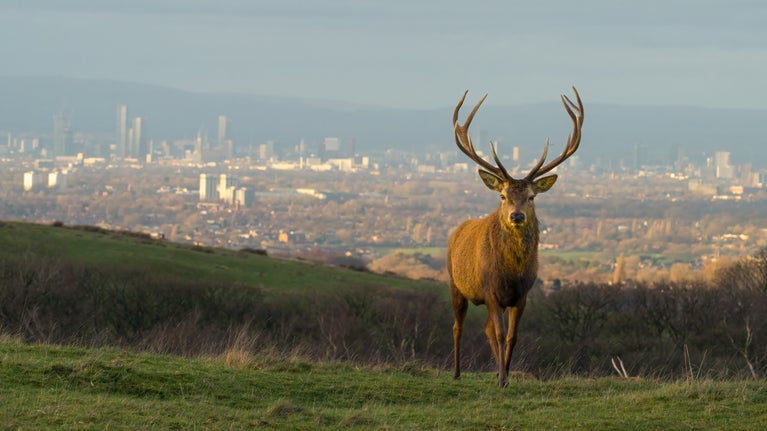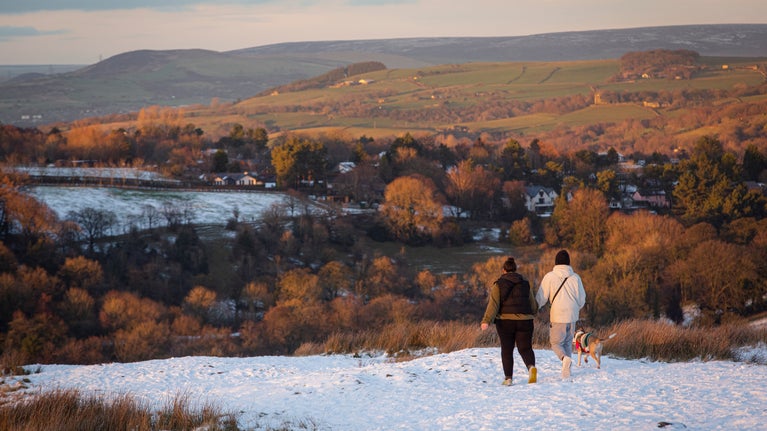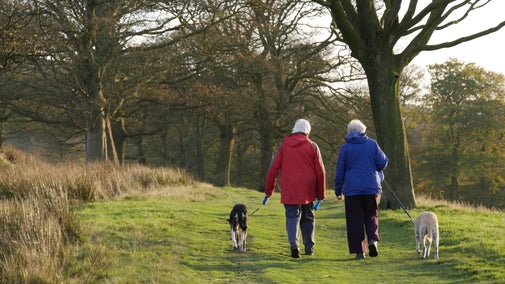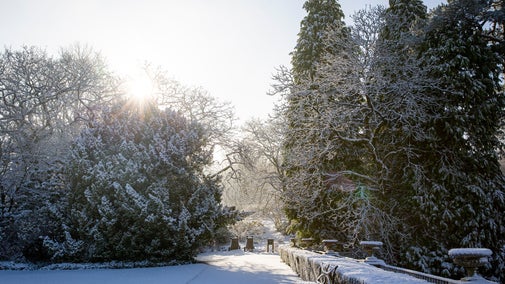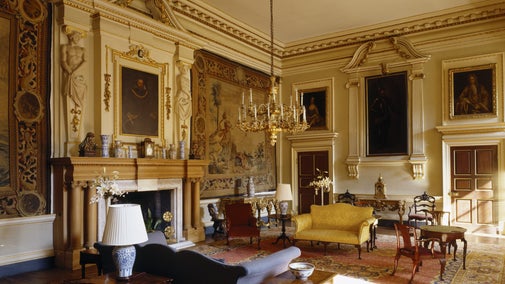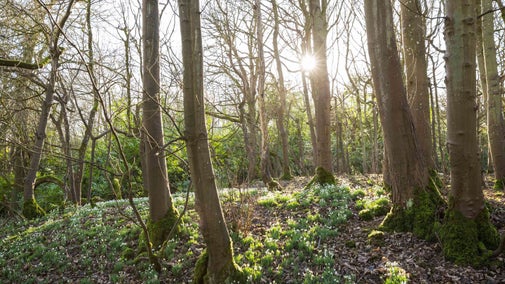Winter
December to February
In November the deer will be at their lowest weights as stags often stop eating all together during the rut. During the colder temperatures, the deer aren't looking their best.
People often think they look hungry or undernourished, but they’re still getting a good balanced diet. The deer get all the food they need from the grass, but during winter Lyme’s rangers monitor the conditions in the estate and give the deer additional food if needed. This ensures they are getting all the nutrients and minerals they need.
Help give the deer the best chance for survival during the winter by following these tips:
- Give them space - approaching the deer will cause them alarm and may make them use their energy reserves to move.
- Use that zoom - if you’re taking pictures don’t get close.
- Keep your dog on a lead - take particular care around The Cage and the Knott. There are off-lead areas where your dog can roam under close control at Lyme. Look out for information on our website and at the gates across the estate.
